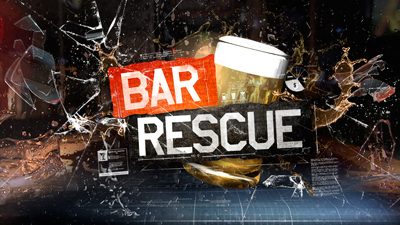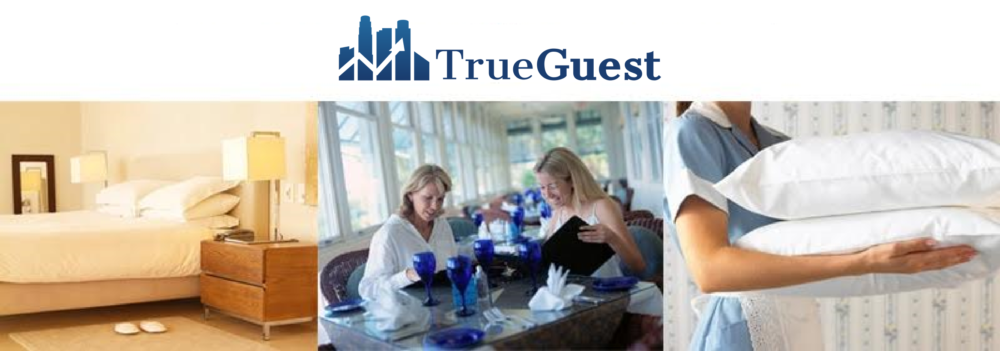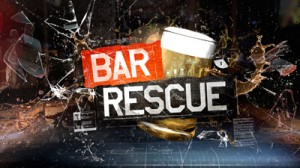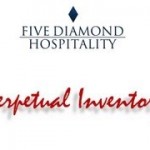Dear TrueGuest,
I just finished your online guide to ‘Getting Your Beverage Cost Under Budget‘ and I am working on getting all of the internal controls in place. However, I really feel like I am now spending all of my time chasing pennies and trying to control every single drop of liquor we use. Should I really care how much alcohol is wasted? A little bit of extra vodka here and there shouldn’t make a big difference, right? – Javier
Javier, thank you for such a great question! We often hear this exact question when we are teaching our liquor control class in person or giving a lecture on liquor controls at an HFTP meeting. You are absolutely right, even an ounce of a really good vodka only costs about 50 cents. Why worry so much? Surely, that can’t impact the bottom line that much, right? Wrong!
First, we have to start looking at the potential of that ounce of vodka, not the cost. In many cities such as Los Angeles and New York City, an ounce of premium vodka at a high-end bar can easily sell for $15. So, for every extra ounce of vodka your bartender over-pours, you could be out $15 in potential revenue. Most guests have a pretty small limit of how much alcohol they can consume in one night. Let’s pretend a customer orders a vodka cranberry but your bartender pours 2 ounces of vodka instead of 1 ounce. That customer has now had twice as much as she expected to drink and may not come back for a second one. If that customer typically likes to drink two drinks, your hotel will be out $15 in revenue and $14.50 in profit. Over-pouring is definitely a profit killer in hotel bars. If you have just 50 customers a night and just 10 of them have one less drink because of the over-pour, you could be out over $140 in profit. If you serve a few hundred guests, you can easily see how quickly the numbers add up.
I hope that helps. Once you get your liquor controls in line, be sure to check out our post on maximizing bar revenues.



 Training Video Goal: Successful implementation of perpetual beverage inventory by providing instructions and necessary tools
Training Video Goal: Successful implementation of perpetual beverage inventory by providing instructions and necessary tools Dear TrueGuest,
Dear TrueGuest, Our new training video on Perpetual Beverage Inventory is now available for free. You can also download the excel template as well as written instructions.
Our new training video on Perpetual Beverage Inventory is now available for free. You can also download the excel template as well as written instructions.